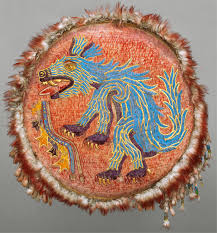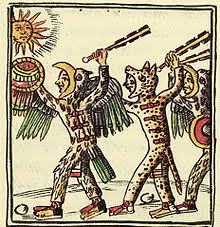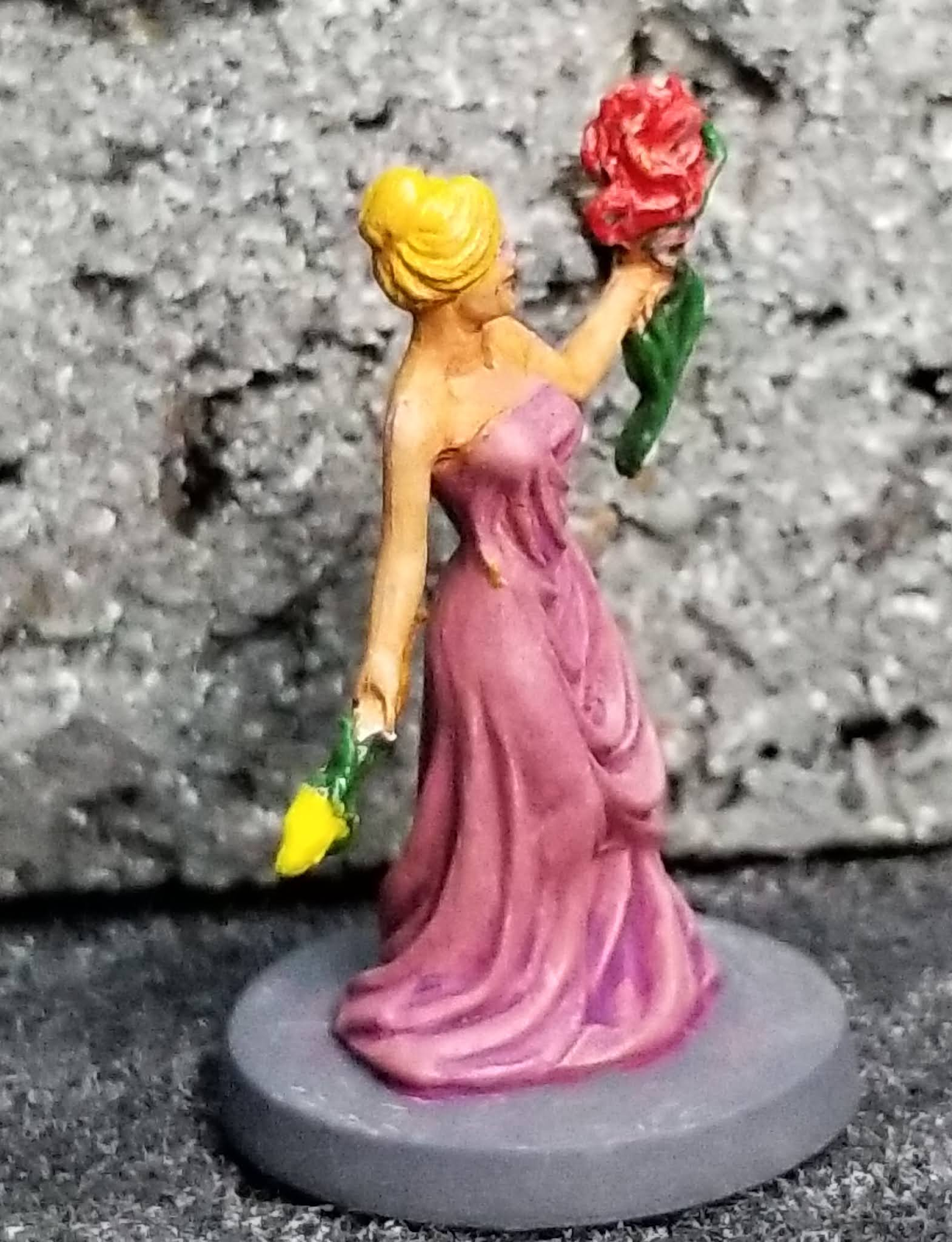From the common conscript soldier to the elite "knights" of the Jaguar and Eagle Warriors, the Aztec Army was a brave confident force that had only known victory for over a century of conflicts-until the arrival of the Spanish in 1519.

This Jaguar Warrior clearly illustrates the two pieces of equipment most commonly used by Aztec warriors, the small shield and the stone edged wooden Maquahuitl sword.

Commanders with standards from the
Codex Mendoza. Note the elaborate costumes, use of feathers and the razor-sharp stone tipped tepoztopilli spears (usually five and a half feet long) of the officers.

Ranks awarded for captured prisoners and imperial officers,
Codex Mendoza.
The capture of prisoners was one of the main goals of Central American Pre-Colombian wars. Those who were most successful quickly rose in rank and privileges within the army and society. Here in the codex are listed the stages of honors given to a warrior for the increasing numbers of prisoners captured. Note the sixth honor is entry into the elite Jaguar Warrior Class. The Lower eight figures are officers of the empire. The rank is delineated by the ever more elaborate feathers and costume design of the officers.

Warriors armed with the Maquahuitl (obsidian sword) and shield, note the eagle warrior in the lead, from the
Florentine Codex.
Ranged weapons were varied and included:

The atlatl,a spear thrower that allowed longer range than a basic hand thrown spear.
The
tlahuitolli, bow, ranged from light weight with short range weapons to some heavy weight that reportedly had a range of several hundred yards. All bows fired the m
itl-stone tipped arrow.
The
tematlatl was a sling made from maguey fiber. This was the ranged weapon most feared by the Spanish as it was often aimed at the unprotected face with deadly accuracy.
In addition to the
maquahuitl and
tepoztopilli, Aztec soldiers had access to a variety of additional wood and stone hand weapons.
The
huitzauhqui was a club/mace sometimes with obsidian blades. These were about the size of a modern baseball bat but could be up to twice this size when yielded by a very strong warrior.
The
tecpatl was a double-bladed dagger with a nine-inch length, excellent for close in fighting.
A weakness of all Aztec weapons was their stone and wood construction. The former dulled or chipped readily and the latter was no match against steel blades.
Protective gear/armor of the Aztecs was very minimal. It was designed to be light and give a limited protection against the stone tipped weapons of the Aztecs traditional Central American enemies. This equipment was basically made of two items the
Chimalli and the
Ichcahuipilli.

The
Chimalli were small round shields made of wood or woven cane stalks often covered with cloth or feathers. They could be elaborately decorated for warriors of importance.

The
Ichcahuipilli was a form of quilted cotton armor and inch or two thick. This padding was normally worn over the chest and back with the arms and legs unprotected. This gave such good protection against Indian stone tipped arrows that many Spanish soldiers would adopt this armor and continue to wear this style of protection when facing Indians well into the 18th century.

Eagle and Jaguar Warriors from the
Codex Mendoza.
The
tlahuiztli were the distinctive costume suits worn by the elite warrior classes. These usually covered the entire body including the head which often was covered in a form of helmet. These suits give a limited additional armor covering-especially if the costume included leather animal skins.
While adequate against their traditional enemies, the protective gear of the Aztec warriors was virtually useless against the steel weapons, iron tipped crossbow bolts, musket and cannon balls of the Spanish.
Aztec weapons could and did maim and kill their enemies who were similarly armed and protected. But in most conflicts capture of enemies was much preferred over killing them-dead men could not be sacrificed to the gods. So, it is not surprising that the majority of Aztec weapons could be readily used to stun an opponent to ease in his capture. This tactical choice and the limited strength of Aztec weapons and armor would prove a great hindrance to their army when they met the modern armed forces of the Spanish.











